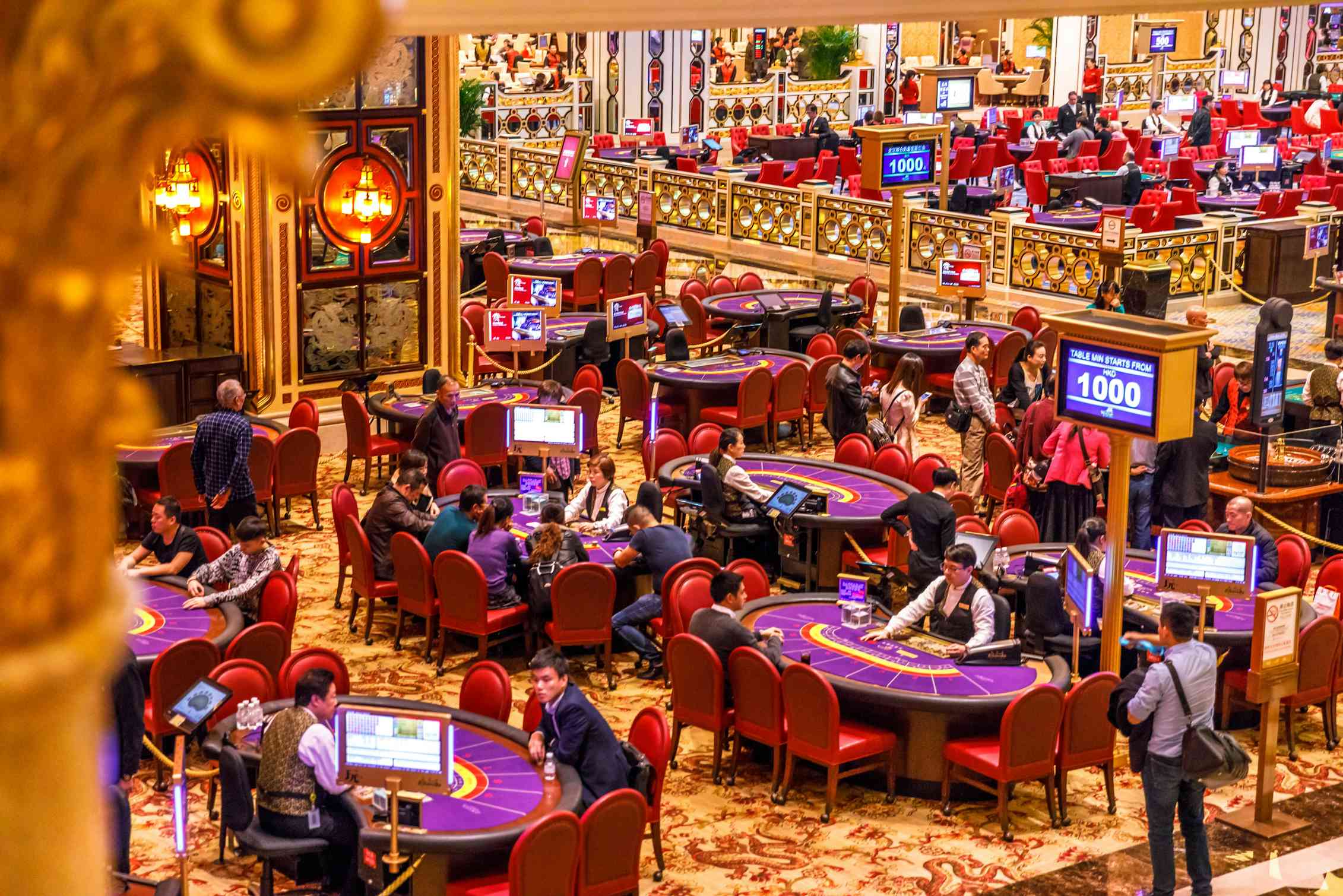
Manga has long been a fascinating medium that combines striking visuals with complex narratives. Originating in Japan, this art form has surpassed cultural boundaries, becoming a global phenomenon that connects with readers of various ages. The unique capability of manga to weave together engrossing stories with energetic illustrations sets it apart from traditional storytelling methods. Each panel meticulously captures feelings and actions, inviting readers to immerse themselves in varied worlds that range from the fantastical to the profoundly personal.
As the scene of manga continues to change, so too do the methods and trends that shape its storytelling. Modern creators are experimenting with story structures, character growth, and visual styles, pushing the boundaries of conventional manga. This ongoing evolution reflects not only transformations in artistic preferences but also the evolving interests of audiences worldwide. From everyday dramas to grand adventures, exploring the art of storytelling in manga reveals the creativity and depth embedded in each series, making it an thrilling area to delve into for both novel readers and seasoned fans.
Techniques of Visual Narration
Comic series employs a unique blend of visual elements and narrative techniques that create a vibrant reading experience. Illustrators utilize a combination of layout design, composition, and character emotions to convey moods and enhance the story progression. The use of varying panel scales can create cadence, emphasizing moments of movement or calm, guiding the viewer’s focus through the story. This deliberate pacing can heighten drama during peak moments or allow for reflection in quieter scenes.
In addition to panel arrangement, graphic symbolism plays a crucial role in manga storytelling. Illustrators often incorporate graphic analogies that resonate with the readership, using pictures to reflect the feelings of characters or motifs. For instance, the use of atmospheric conditions or natural elements can parallel a character’s conflicts, drawing readers deeper into the emotional landscape of the story. This technique enriches the complete story, inviting audiences to engage with the hidden meanings.
Character design is also a critical aspect of visual narrative in manga. Designers often use amplified expressive faces and body language to convey emotions and characteristics instantly. This allows for quick emotional connections with the protagonists, making their journeys resonate more deeply with the viewers. The distinct visual styles can also create a specific atmosphere, helping to define the style and mood of the story, whether it is dynamic, humorous, or serious.
Personality Growth Techniques
Character development in comic art is often achieved through a combination of graphic narrative and storytelling methods. Artists utilize expressive character designs and energetic posing to convey emotions and characteristics. This aspect is crucial, as audiences can instantly gauge a person’s mood or intentions through their appearance and physical expressions. Additionally, the use of zoomed-in images and different panel formats can emphasize significant moments in a character’s journey, allowing readers to connect on a more profound level.
Another powerful method for personality growth in manga is the use of backstory and flashbacks. By revealing a person’s past events and traumas, writers provide context for their reasons and behavior. This layering of history enables readers to understand why characters react in certain ways, adding depth and complexity to their arcs. Such backstories often unfold gradually, enticing audiences to invest in the person’s growth as they face obstacles and change over time.
Conversations and interactions with other characters also play a critical role in character development. The way characters express themselves and communicate with each other reveals their values, convictions, and connections. Through conversations and disputes, characters can develop, showcasing their strengths and flaws. This interaction not only enhances individual personalities but also improves the overall narrative, as relationships and character development are often intertwined in meaningful ways.
Current Trends in Storytelling
One notable trend in manga storytelling is the growing diversity of genres and themes and themes. While classic genres like shōnen and shojo continue to flourish, there is a growing range of unique narratives that examine nontraditional topics. Stories that explore social themes, mental health, and identity are gaining popularity, reflecting a transition towards more inclusive and authentic storytelling. This movement allows audiences to relate to the characters and circumstances that reflect their own experiences, broadening the attractiveness of manga.
Another significant development is the use of nonlinear storytelling techniques. Many contemporary manga creators are experimenting with timelines and structures of storytelling, creating intricate plots that develop in surprising ways. This method not only maintains the audience engaged but also facilitates more profound character development and exploration of themes. By intertwining historical and current events, creators can provide deeper context for character motivations and the conflicts, resulting in stories that feel more immersive and layered.
Additionally, the integration of technology and digital platforms is transforming how stories in manga are narrated. With the rise of webtoons and online comics, creators are modifying their storytelling to suit mobile devices, often including multimedia elements such as animations, music, and engaging components. This evolution not only enhances the storytelling experience but also attracts a more youthful audience accustomed to digital consumption. As a result, the art of storytelling in manga continues to evolve, embracing innovation while staying rooted in its vibrant traditions.
NetTruyenViet



